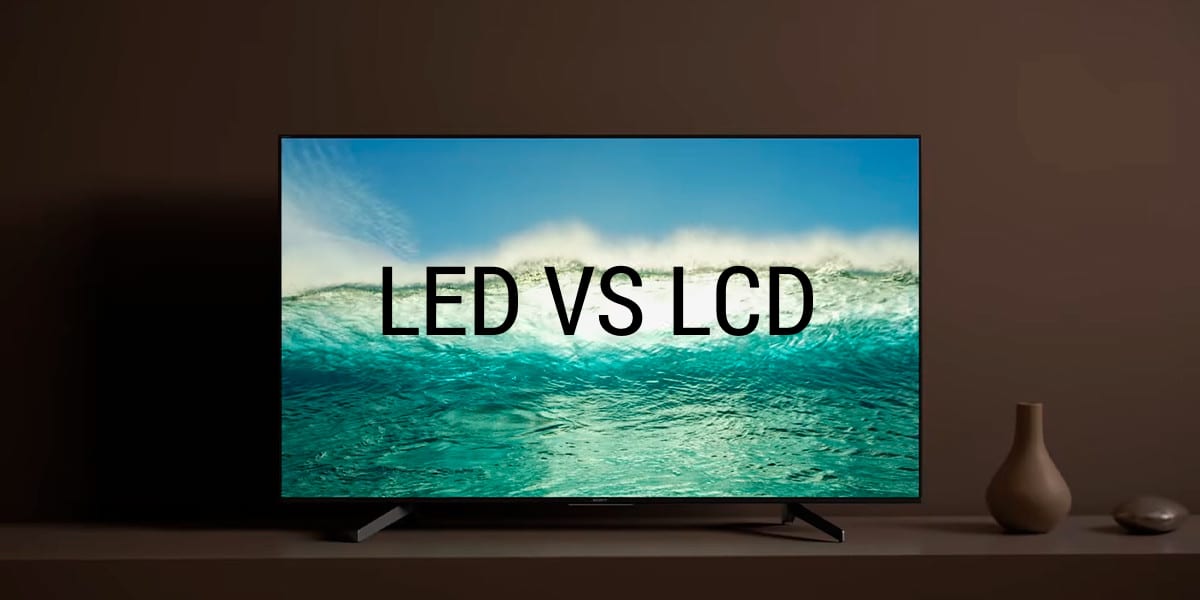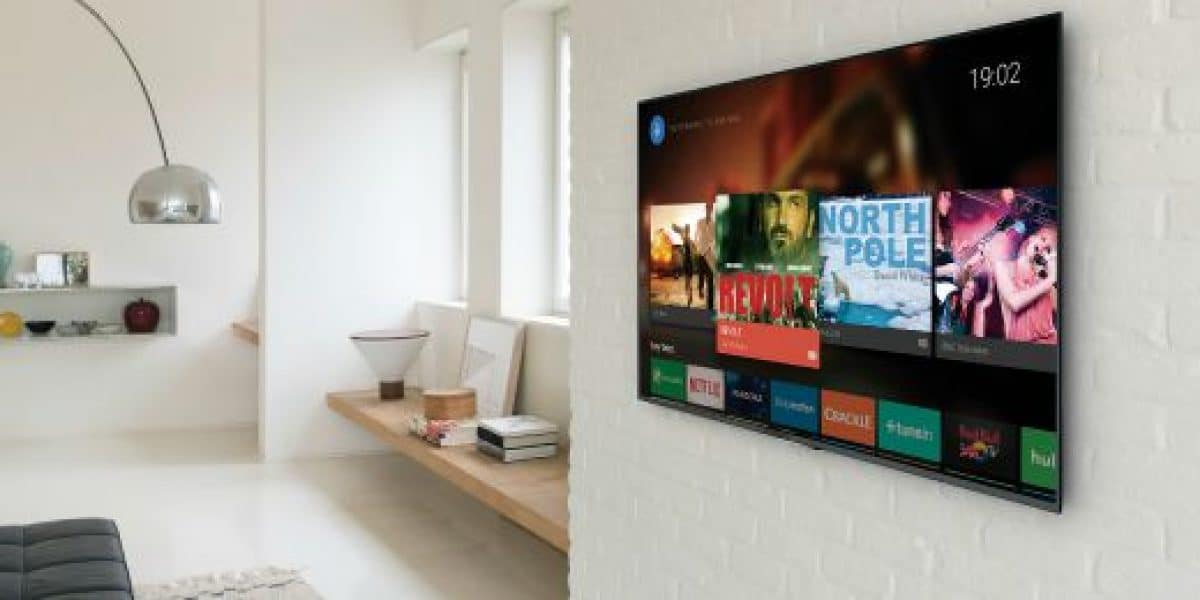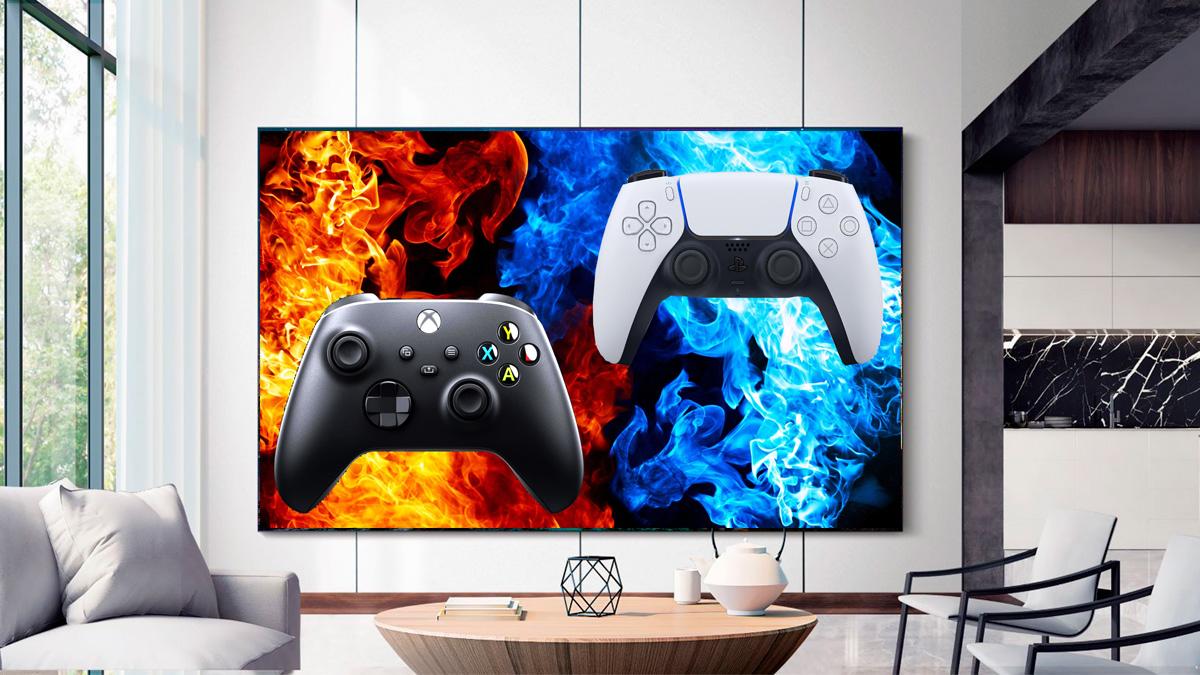
Nowadays when we go to buy a television and we start looking at models either online or going to a shopping center, we enter a world in which if we do not have knowledge, we can lose ourselves. This is because manufacturers produce many different models, using varied technologies depending on the range or the purpose for which the model has been designed. We can find ourselves from LCD to OLED through QLED or LED.
That is why we can get lost and if we are not informed we are in the hands of the seller on duty or the opinions we find on the internet. We can also get carried away by the advice of a geek friend we have. Although on the outside all televisions may seem the same, there is a lot of difference between them based on their technology and panel design. In this article we are going to show what are the biggest differences between the LED and the more conventional LCD.
What is LCD?
The led is a panel formed by liquid crystal, as its initials indicate. Liquid Crystal Display, very old technology that today continues to give good results in terms of quality and reliability. These panels are made up of many pixels that are formed from liquid crystal molecules contained between transparent electrodes. Liquid crystals react in predictable ways when the intensity of the electrical charge changes. This causes the crystals to twist and move, forming what we see later on the screen, in the form of colors and lights.

What is the LED?
LED panels are actually a type of LCD that is an evolution of the technology used by old LCD screens. LED technology replaces panel backlight fluorescent tubes with LED technology light emitting diodes. This results in a higher level of black and contrast compared to previous LCD technology, in addition to better color accuracy compared. Not forgetting what affects the design, going from the thicker LCD panels to have to house the fluorescent tubes, compared to the thin and small diodes, making televisions much more stylized and thin.
Advantages and disadvantages between LEDs versus LCD
PROS
- LED displays are quite brighter being able to reach up to 3000 bits of brightness that makes a difference outdoors.
- Una longer shelf lifeMany of them can reach more than 50.000 hours of viewing.
- They produce much less heat so they are also more efficient lowering consumption a lot.
- Stylized design to be thinner, giving rise to having designs that practically look like paintings on our wall.
CONS
- It is a technology something more expensive.
- Su repair is somewhat more complex since the diodes are soldered on a plate.
- La resolution is somewhat lower.
- Because of his expensive repair in most cases it is better to buy a new television.

What TV do I buy?
To begin with, we must know what we want to use the television for, since currently the LED totally predominates in the market in terms of high-quality and resistant screens. In outdoor spaces, where the light hits with greater force, it is advisable to always opt for a good LED panel with no less than 1000 nits of brightness. But if we are only going to use our TV indoors, in a space with low lighting, the LCD may be the best option due to its better resolution and above all for its greater resistance and ease of repair. If we intend to have the television for many years, this can be vital.
To play
For video games, the ideal is a panel with the least input lag possible and this is very common in LCD panels, also in shooting video games, where we use snipers, the resolution can be key, since what in the distance may appear to be pixels, is actually an enemy pointing at us. If, on the other hand, our room where we play is very bright and we like to play clearly, the best choice would be an IPS LED since it has better brightness and viewing angles.

At present it is very common for different games to offer you calibrate the HDR to your likingTherefore, if we can get hold of a television with this technology, it will be appreciated in scenarios where high light contrasts are more constant, such as horror video games or outdoor open world games.
To see movies
To see movies Without a doubt, LED technology is the most recommended, specifically the EDGE LED technology that Samsung usually uses in its curved panels., a technology that achieves very pure blacks by turning off areas of the television where the black is pure, thus simulating an OLED panel where the black is totally pure.
The panel would be of the VA type, a panel that achieves very vivid colors and a good contrast, which does not reach the level of an OLED but it is very successful. Specifically, the curved panels of high-end Samsung achieve that thanks to their curves and the coating of their panel, the reflections are imperceptible. The only downside to this technology is its lower viewing angle and higher cost, in addition to its expensive repair in case it can break down.
In business and hospitality
If what we need is a television to hang in our business or bar, without a doubt the most appropriate technology is the LED, specifically IPS technology, technology that gives us some very wide viewing angles, which will provide a better view to the entire public wherever it is located. In addition, this technology has a high maximum brightness so that the light reflections will be less incisive in the quality of the display.
IPS is one of the most used technologies in LED panels and also one of the cheapest. LG has the best IPS models on the market, so if we search its catalog we can find the best examples of this LED technology.